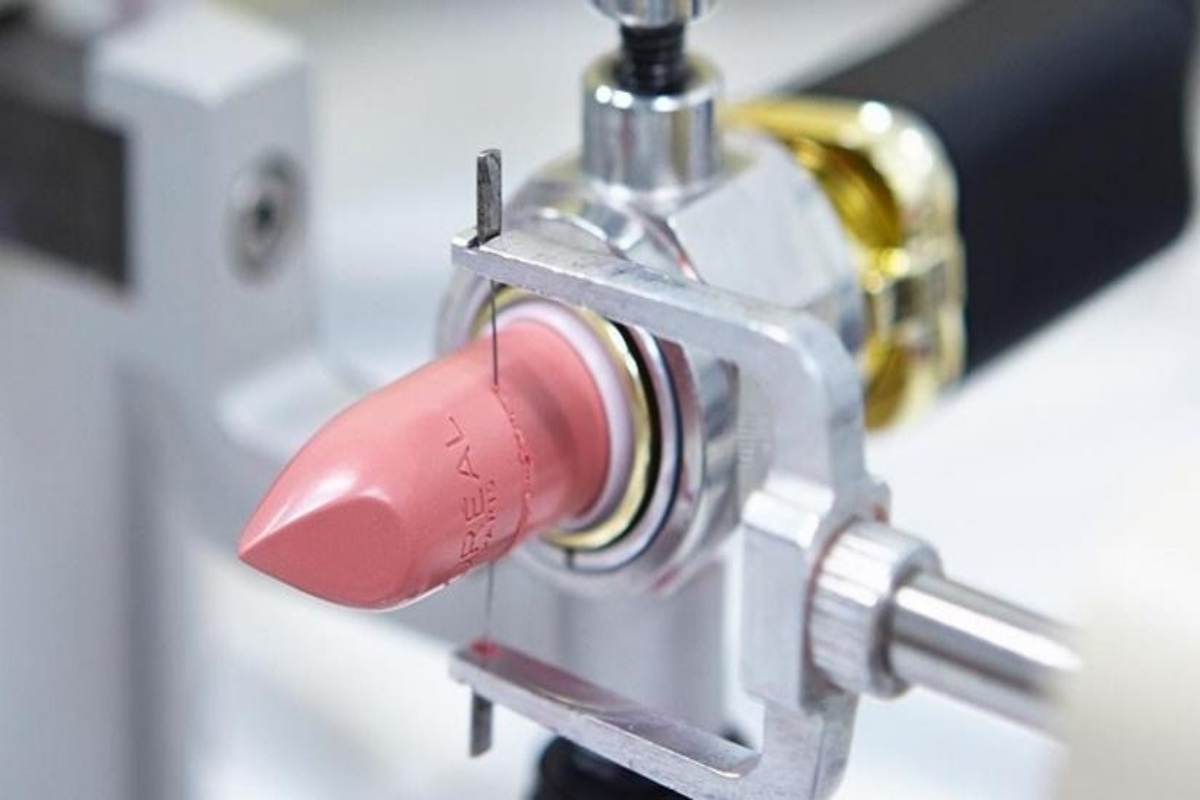French beauty giant L’Oreal has committed that by 2030, 95 per cent of its ingredients will be derived from renewable plant sources, abundant minerals, or circular processes; and all formulas will be respectful of the aquatic environment. It also says that it will revamp its research-and-innovation approach to create renewable alternatives to petroleum-based ingredients.
Asked what is driving the beauty industry’s switch to clean and green beauty, Laurent Gilbert, L’Oreal’s Director of Sustainable Innovation told IANSlife in a virtual interview: “Behind this switch are two factors. First, the environmental and natural science has made progress in the past years that we can switch to natural-based ingredients. Second, we really need to build a sustainable future for beauty that.”
Advertisement
The ambition is that by 2030, the beauty brand will be able to offer women and men around the world increasingly effective, safe cosmetics that respect the environment.
Advertisement
L’Oreal says it will draw on recent advances in Green Sciences to enable the sustainable cultivation of ingredients and extract the best that nature has to offer through cutting-edge technological processes. Already by 2020, 80 per cent of the Group’s raw materials are easily biodegradable, 59 per cent are renewable, 34 per cent are natural or of natural origin. Twenty-nine per cent of the ingredients used in their formulas were developed according to the principles of Green Chemistry.
“We are already using active ingredients which are plant-based. The way we are sourcing and producing ingredients will change. For instance, we are now fully sourcing vitamin C from biotechnology processes, which was not the case in the past. The second element will be the use of natural-based polymers instead of petrochemical-based polymers,” Gilbert added.
As part of their sustainability program, the Clichy-headquartered brand had also committed to reduce plastic use. It said: By 2030, 100 per cent of the plastics used in L’Oreal’s products’ packaging will be either from recycled or bio-based sources. “We have a strong policy to reduce our plastic use. Besides making it recyclable, we will use more and more post-recycled plastic in our packaging. We also want to communicate that to our consumers and promote recyclability. Lastly, we want to move to innovative kind of packaging, such as developing solid forms, like solid shampoo.”
L’Oreal also says that move has come at a time when protecting the planet is an absolute necessity, and the Covid-19 pandemic is driving a heightened demand for products that are both good for health and safe for the environment.
Do they have any commitments specific to India? “All our commitments are global. We have a local activation team, which will design all ‘L’Oreal for the Future’ commitments specific to the country. We have two research centres in India, one in Bengaluru and one in Mumbai. Those are absolutely critical to achieve those goals. The Bengaluru one is being specialised in natural-based ingredients and development of ingredients derived from nature. It will contribute to this switch,” says the company, which set up in Indian in 1994.
To achieve this transition, L’Oreal has rallied its full range of resources in Green Sciences, including recent advances in agronomics, together with new developments in biotechnology, Green Chemistry, formulation science and modelling tools. The Group is also building a range of strategic partnerships with universities, start-ups, and its own raw material suppliers.
Advertisement











